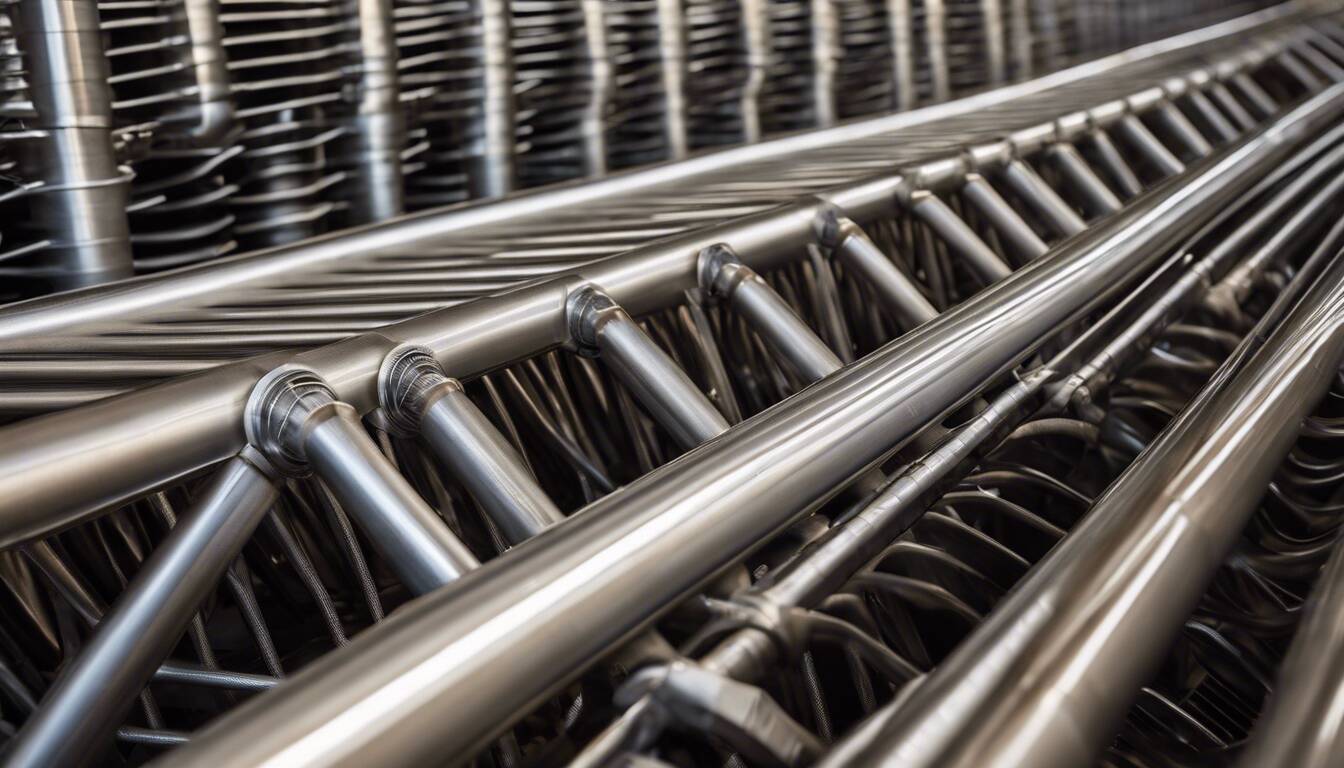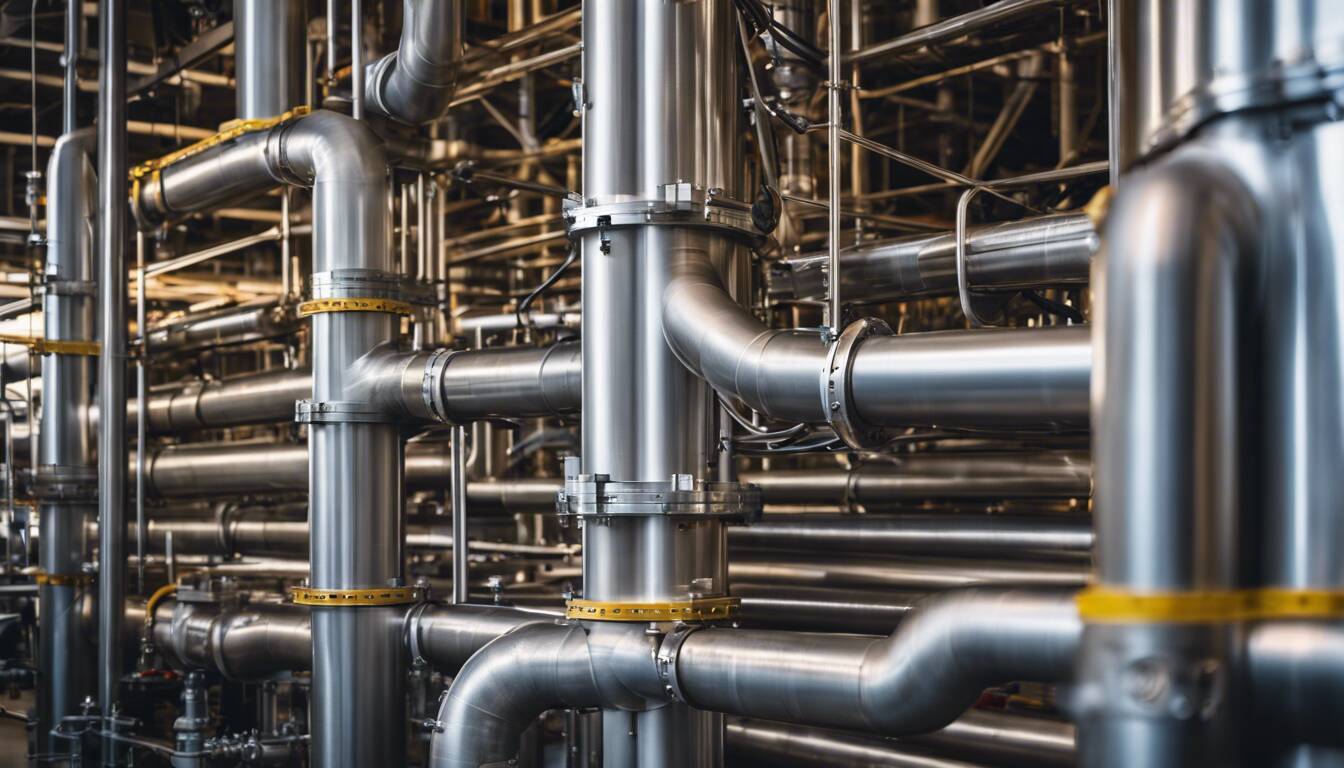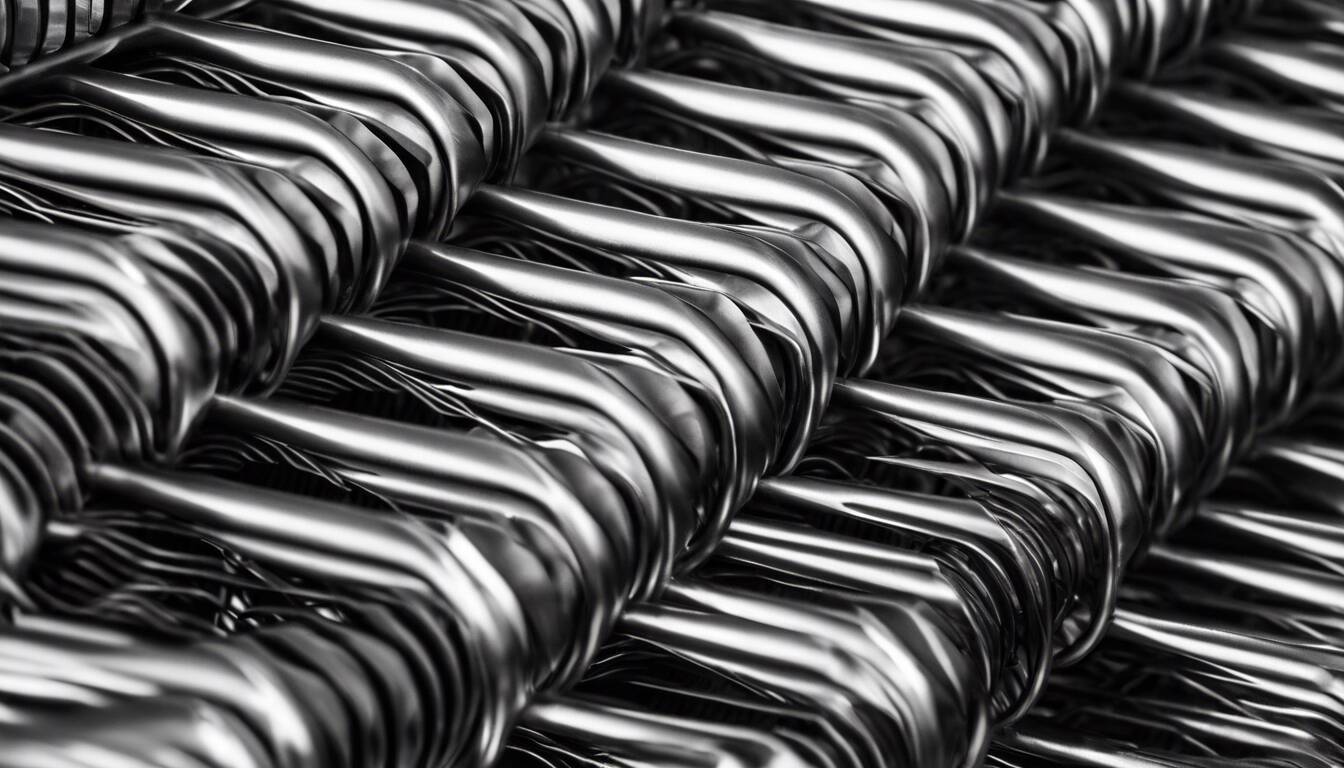Category: FAQs
-

How Does a Heat Exchanger Work? Exploring Function and Types
A heat exchanger works on a simple principle: moving heat from one liquid to another without mixing them. They stand close, they exchange warmth, but they never touch. Our store provides these vital guards – gaskets, plates, and tubes – that keep the change running smoothly and prevent any unintentional meeting. Now, think about this…
-

How Much Does an Industrial Heat Exchanger Cost? Pricing, Types, and Budgeting
An industrial heat exchanger’s cost can range significantly, driven by several critical factors. These key elements include design pressure, metallurgy, tube size, as well as the specific type of joint design and nozzle configuration chosen. With larger sizes and more complex designs typically resulting in higher prices, one could expect costs ranging from about $1…
-

Exploring the Most Popular Heat Exchanger Type: An Industry Perspective
Shell and tube exchangers rule the roost in industries. Their sturdy build, adaptability and capacity to manage tough conditions make them a favoured choice. Yet, it’s not just about robustness or adaptability. These devices also shine for their efficiency, handling high temperatures and pressures like a champ. Now, let’s dive into the ins and outs…